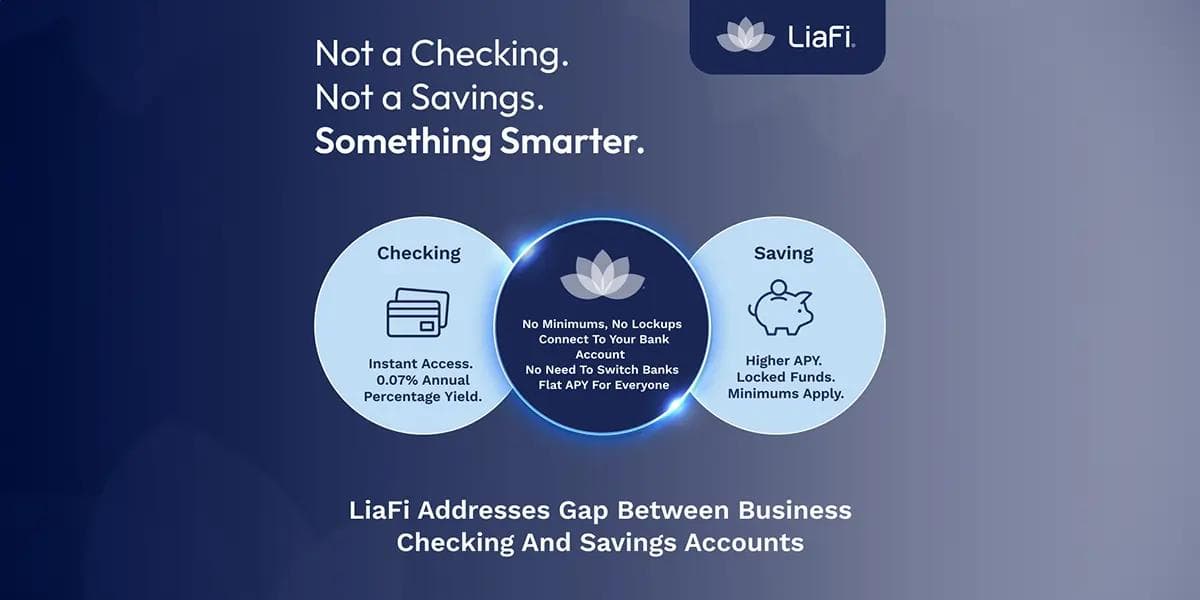Global economy set to stay on a roll for the rest of the year – Reuters poll
Global economy set to stay on a roll for the rest of the year – Reuters poll
Published by Jessica Weisman-Pitts
Posted on April 26, 2024

Published by Jessica Weisman-Pitts
Posted on April 26, 2024

Global economy set to stay on a roll for the rest of the year – Reuters poll
By Hari Kishan
BENGALURU (Reuters) – The global economy is likely to carry its solid momentum for the rest of the year and into 2025, defying earlier expectations of a slowdown, according to a Reuters poll of economists who said stronger growth than forecast was more likely than weakness.
That shift in the growth outlook brings its own set of challenges for central banks, which raised rates in quick succession to try and drive inflation down to target but now may have to wait even longer before considering rate reductions.
Among bigger economies, the United States and India were expected to contribute the most to the pickup in growth. There was no deterioration in the consensus view for the euro zone or No. 2 economy China either, according to a March 27-April 25 Reuters poll of 500 economists covering 48 economies.
Global growth was forecast at 2.9% this year, faster than 2.6% in a January poll, followed by 3.0% in 2025. More than 90% of common contributors upgraded their views and still said there was a significant chance growth could be even stronger.
A 60% majority of economists, 98 of 162, said the global economy this year was more likely to grow faster than they expected than undercut their predictions.
“We are continuing to be surprised by the resilience of the global economy. Now, part of that is we entered the year with subdued expectations, we thought that there would be a deceleration this year,” said Nathan Sheets, global chief economist at Citi.
“So far we’ve been marking up growth for the global economy in a number of places including major economies like the U.S. and China, Europe to some extent as well. So it’s feeling solid.”
On the flip-side, strong growth was expected to keep inflation and interest rates higher for longer.
More than three-quarters of the central banks covered, 16 of 21, were expected to still be dealing with above-target inflation by year-end, up from 10 in the January quarterly poll.
Economists still expect major central banks to cut rates either this quarter or next, broadly in line with financial market pricing. But most now forecast fewer cuts by year-end as inflation remains sticky.
The U.S. Federal Reserve is expected to start cutting in September and once more in Q4, according to the poll, much later than a March start and a total of six cuts financial markets had priced in at the beginning of the year.
In January, the Reuters consensus had a more modest outlook, with four cuts starting in June.
Despite lackluster Q1 GDP growth reported on Thursday, risks were still for the Fed to go for fewer rate cuts this year as underlying inflation data that accompanied the report suggested pressures were building, not easing.
The European Central Bank was still forecast to cut rates by 25 basis points in June, followed by two more in the second half of the year to support growth in the currency bloc which was expected to only grow an average 0.5% in 2024.
That widening gap is already priced into the strong dollar, up over 4% this year against a basket of currencies.
“A question we’ve been getting quite a lot is ‘can Europe start cutting before the Fed?’,” said James Rossiter, head of global macro strategy at TD Securities.
“And I would say…when we look back in history, whether the ECB starts in June and the Fed starts in September, it will all look like it’s part of the same cutting cycle.”
The Bank of England, which was the first among major central banks to raise borrowing costs in December 2021, will also wait until next quarter to lower them, the survey showed.
(For other stories from the Reuters global economic poll:)
(Additional reporting by Sarupya Ganguly; Polling, analysis and reporting by the Reuters Polls team in Bengaluru and bureaus in Buenos Aires, Cairo, Istanbul, Johannesburg, London, Shanghai, and Tokyo; Editing by Ross Finley and Chizu Nomiyama)
Explore more articles in the Top Stories category











